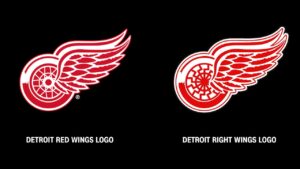Before a business begins to use or files to register a trademark, it should research if other businesses are using the same mark for the same services, or if any have in the past. It should also do the same for any related, or similar marks for similar goods or services. This sort of search is designed to find federal trademark registrations, pending applications for federal registration, and common law (unregistered) trademarks that are in current use.
Such search should be conducted and reviewed by an experienced trademark attorney who can determine whether your proposed mark is, or may be considered, confusingly similar to a preexisting mark and can assess the risks associated with such finding. For example, if your proposed mark is confusingly similar to a preexisting mark, you face the risk of receiving a cease-and-desist letter or trademark infringement claim from the prior mark owner. You could also lose the investment and goodwill in your mark and spend considerable sums to re-brand your business if forced to cease usage.
Additionally, you will not be able to federally register your mark if it is confusingly similar to a mark covered by a prior federal registration or a prior-filed pending application. A trademark attorney can also advise whether your mark is distinctive (and thus capable of federal registration) or whether it is too descriptive to qualify for registration because the mark describes some feature, characteristic, function or purpose of the products or services to be provided under the mark.
Continue reading →


